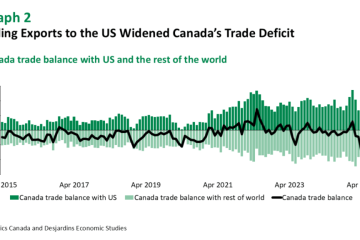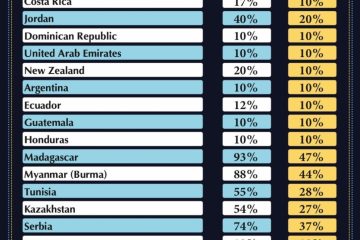The UAW Strike: A Turning Point for the Auto Industry

Introduction
The United Auto Workers (UAW) is currently at the forefront of major negotiations that could reshape the future of the automotive industry in the United States. With its recent strike actions, the UAW has highlighted critical issues such as wages, job security, and the transition to electric vehicles. This strike not only reflects the struggles and aspirations of auto workers but also has far-reaching implications for the industry, consumers, and the economy as a whole.
Current Events and the UAW Strike
In mid-September 2023, the UAW initiated an unprecedented strike against the three major U.S. automakers: Ford, General Motors (GM), and Stellantis. The strike, which began with specific targeted plants, quickly escalated as thousands of workers walked off their jobs in a bid for better contracts. The UAW’s primary demands include a 40% pay increase over four years, a return to traditional pensions for newly hired members, and a reduction of the workweek without a pay cut. This strike is seen as a pivotal point, especially as the automotive sector pivots toward electric vehicle production.
Impact on the Automotive Industry
The implications of the UAW strike extend far beyond the bargaining table. The automotive industry, grappling with the dual challenges of transitioning to electric vehicles and managing supply chain disruptions, faces escalating operational costs due to labor disputes. Analysts predict that a prolonged strike could lead to significant financial losses for the automakers, possibly affecting vehicle production and delivering crucial components. Ford has already reported production delays that could see them fall behind rivals if the strike continues.
Responses and Future Outlook
The automakers have responded to the UAW’s demands with counteroffers, yet the gap remains significant, leading to a standoff. Consumer sentiments are mixed; while many support workers’ rights to fair wages and benefits, some worry about the potential for higher car prices if production costs rise due to labor negotiations. Looking ahead, the outcome of the UAW negotiations is likely to establish a precedent for labor relations across other industries, especially as workers across various sectors express solidarity and support for collective action.
Conclusion
The UAW strike signifies more than just a demand for better pay; it underscores a moment of transformation within the auto industry that may redefine labor relations for years to come. As both sides head back to the bargaining table, the stakes are high for workers, manufacturers, and consumers alike. The resolution of these negotiations could either pave the way for sustainable labor practices in the age of electric vehicles or ignite further turmoil in an already volatile industry.








